British formal letter template
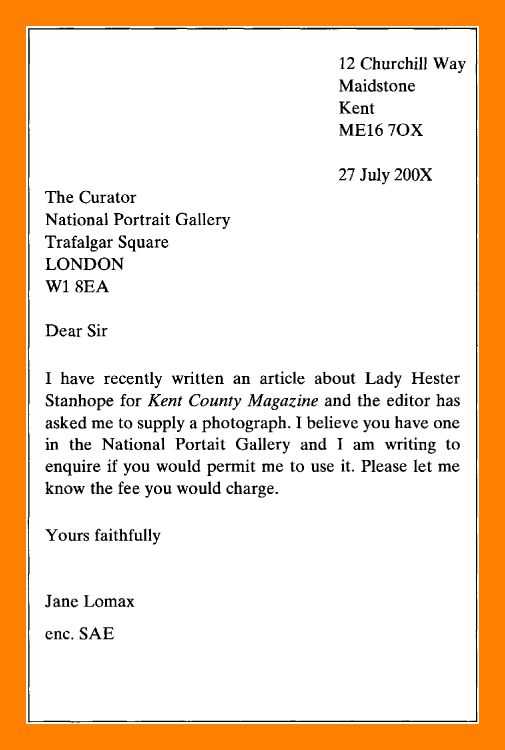
Structure of a British Formal Letter
Follow this standard structure for writing a formal letter in British English. Each part plays a specific role, making your letter clear and well-organized.
1. Sender’s Address
Place your address at the top right corner of the letter. Do not include your name here; only the street address, city, and postcode are required.
2. Date
The date should be written below your address, aligned to the left. Use the format “Day Month Year” (e.g., 1 February 2025). This format is standard in British correspondence.
3. Recipient’s Address
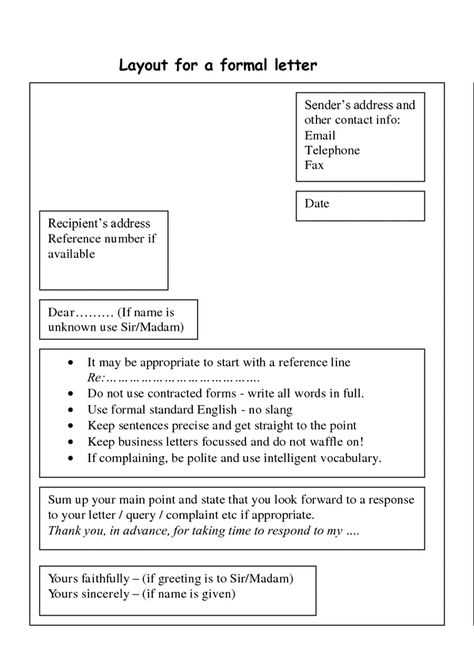
Next, write the recipient’s address on the left, starting below the date. Include the name, title, street address, city, and postcode. Do not forget to add a space between the recipient’s address and your salutation.
4. Salutation
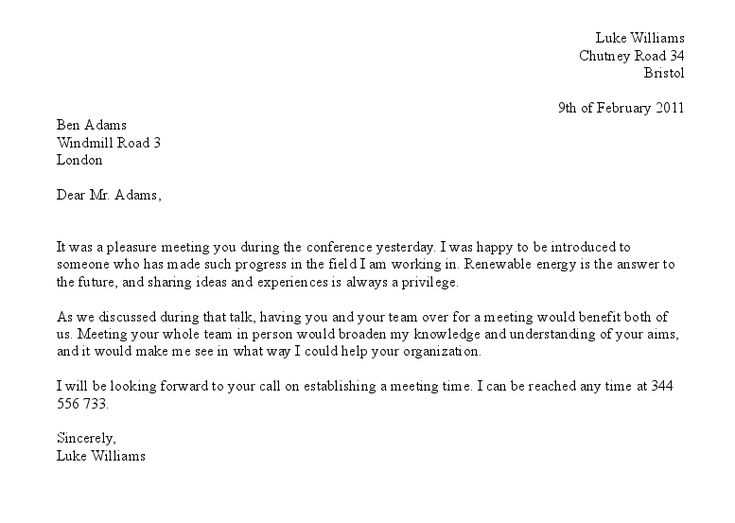
Use “Dear” followed by the recipient’s title and surname (e.g., “Dear Mr. Smith”). If you don’t know the person’s name, use “Dear Sir/Madam” as a formal and neutral alternative.
Body of the Letter
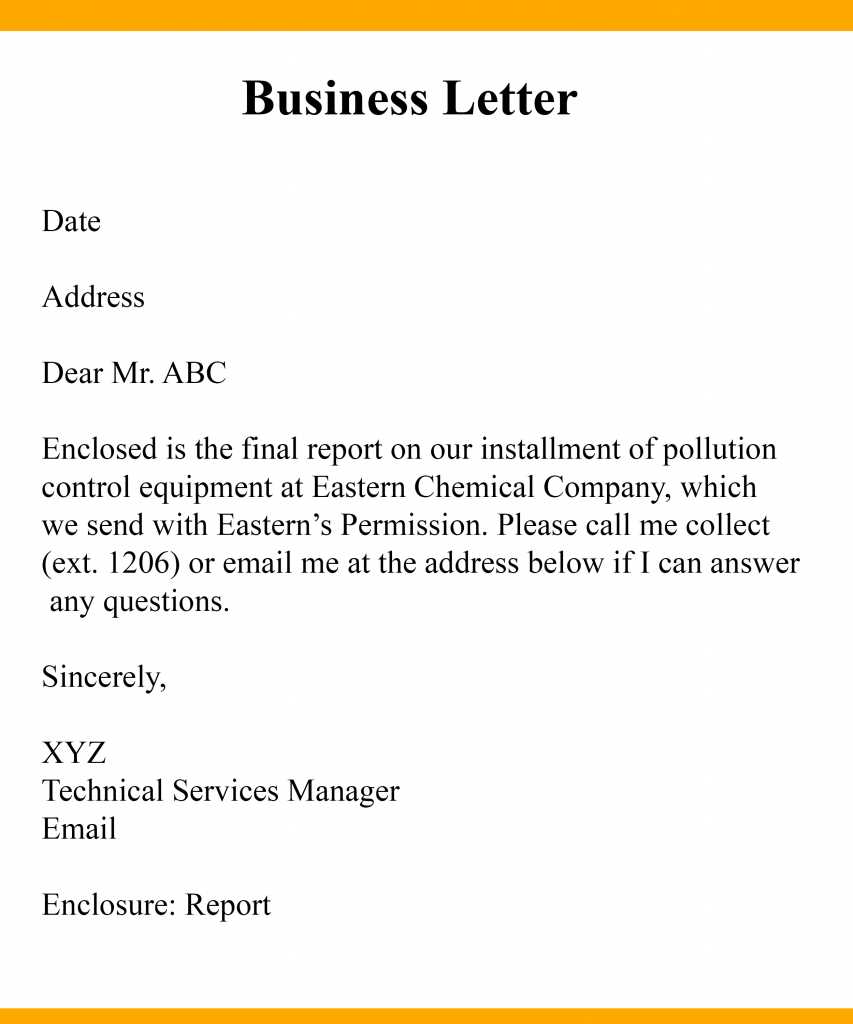
1. Opening Paragraph
Start with a brief and direct statement of the purpose of your letter. If you are replying to a previous correspondence, reference it clearly.
2. Main Content
In this section, provide the details related to your purpose. Break the content into paragraphs for clarity. Be concise and direct, focusing on the subject matter.
3. Closing Paragraph
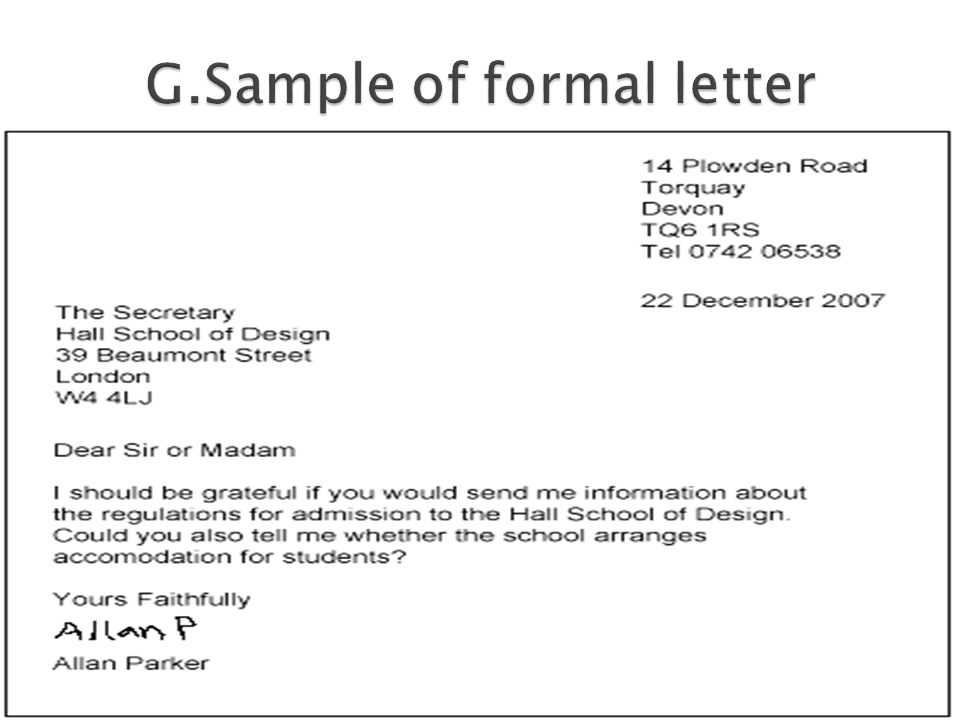
End your letter with a short conclusion. Mention any further action or a request for a response if needed. It’s common to use phrases like “I look forward to hearing from you” or “I would be grateful for your prompt attention to this matter.”
Conclusion
Finish with a formal closing phrase such as “Yours faithfully” (if you don’t know the recipient’s name) or “Yours sincerely” (if you know the person’s name). Sign your name beneath this phrase.
Example of a British Formal Letter
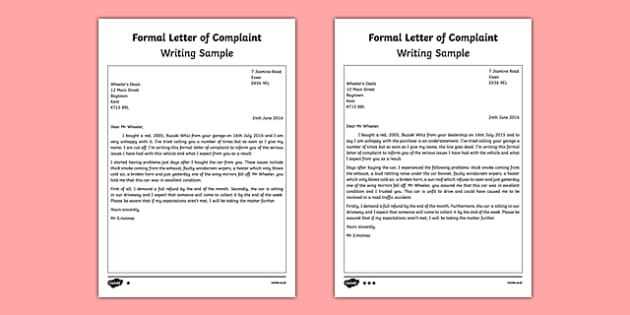
Sender’s Address:
123 Baker Street
London
NW1 6XE
Date:
1 February 2025
Recipient’s Address:
Mr. John Doe
Company XYZ
456 Park Road
London
W1A 1AA
Salutation:
Dear Mr. Doe,
Body:
Thank you for your letter dated 25 January. I am writing to inform you of my decision regarding the contract. After careful consideration, I have decided to accept the offer.
I would appreciate it if you could send me the necessary documents for signature. Please do not hesitate to contact me if further details are required.
Closing:
I look forward to your prompt response.
Closing Phrase:
Yours sincerely,
John Smith
Got it! How can I assist you today?
To begin, clearly state your needs or concerns. Provide any details or context necessary for a quick and accurate response. If you need help with a specific task, outline the steps or issues you are facing. The more precise the information, the easier it will be to address your request effectively.
If you require specific documents or templates, make sure to include all relevant information. This ensures that you receive exactly what you need without unnecessary back and forth. If you’re unsure about certain details, feel free to ask for clarification to avoid any misunderstandings.
For inquiries about services, explain what you’re looking for and mention any preferences or deadlines. If you’re following up on a previous request, reference any previous correspondence to maintain continuity. This helps avoid confusion and speeds up the process.